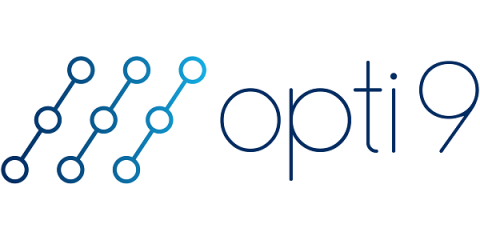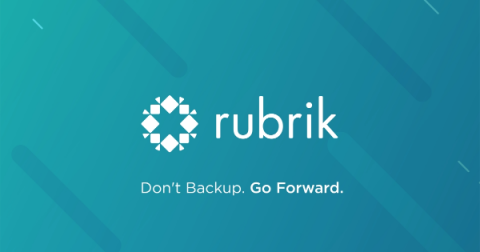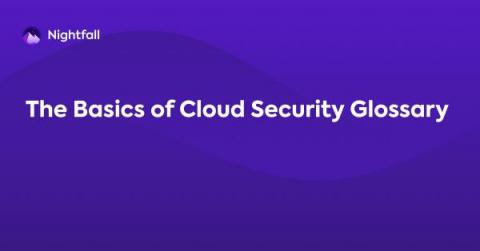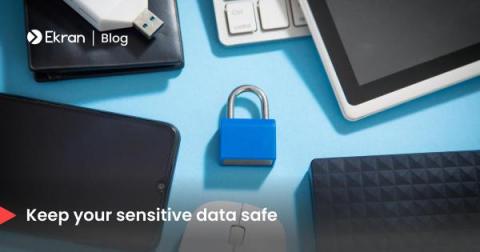Security | Threat Detection | Cyberattacks | DevSecOps | Compliance
Latest News
AI is the Future of Cybersecurity. Here Are 5 Reasons Why.
While Gen AI tools are useful conduits for creativity, security teams know that they’re not without risk. At worst, employees will leak sensitive company data in prompts to chatbots like ChatGPT. At best, attack surfaces will expand, requiring more security resources in a time when businesses are already looking to consolidate. How are security teams planning to tackle the daunting workload? According to a recent Morgan Stanley report, top CIOs and CISOs are also turning to AI.
Concerned About Sensitive Data Loss? Opti9 to the Rescue
A strong misconception abounds that managed providers are impervious to data loss. The truth, however, is that accidents can happen at any time, to any business. Finding a provider that takes data backup and protection seriously, therefore, is critical to the well-being of your business. Opti9—a leading provider of managed cloud solutions—is one company that is addressing this problem head-on.
Understanding the Differences Between DFARS and CMMC
Solving Privileged Access Management Challenges in Microsoft 365 & SharePoint
Data Exfiltration: Prevention, Risks & Best Practices
Enhance Security and Efficiency for your Unstructured Data with Rubrik and Dell
Unstructured data is a prime target for ransomware attacks, making it crucial for organizations to protect and manage it effectively. Currently, it is estimated that 80-90% of all data generated falls into the unstructured category, consisting of files and objects. Organizations rely on unstructured data to store sensitive information, intellectual property, and other invaluable corporate assets.
The Basics of Cloud Security Glossary
What is it: Agentless architecture refers to platforms and services that are built to run as cloud-native applications. They require no installation, patching, or other forms of long term upkeep on the part of a user. Why it matters: Agentless applications, especially agentless security applications have a lower total cost of ownership (TCO), in terms of man-hours saved in deployment, maintenance, and overhead.










